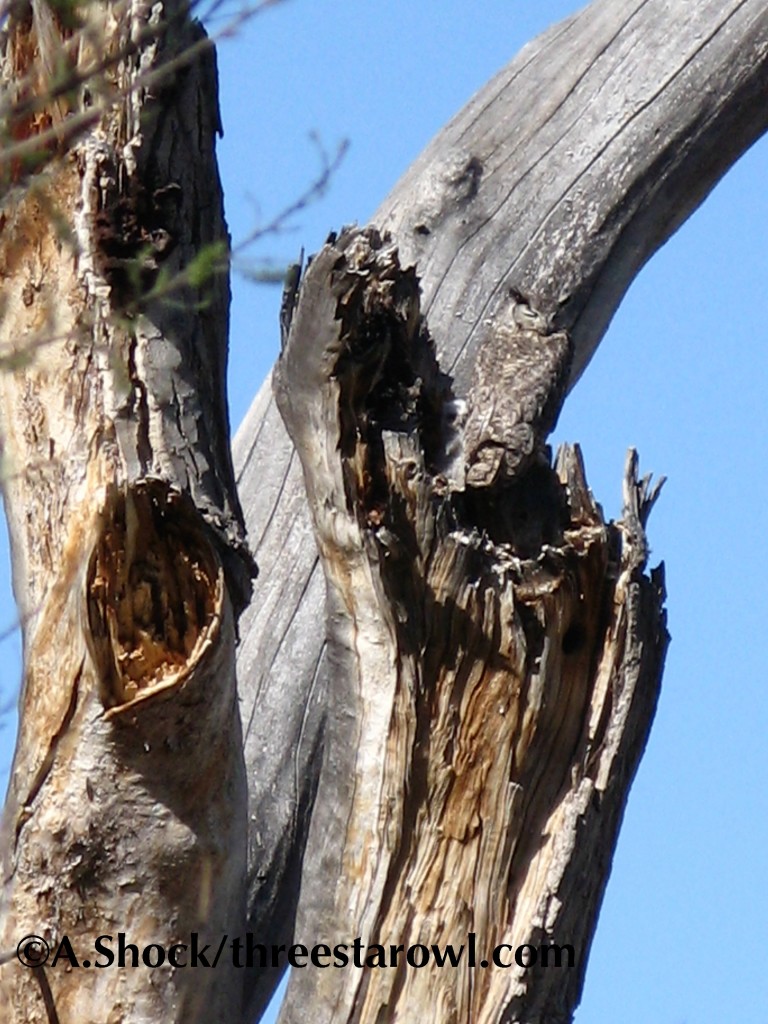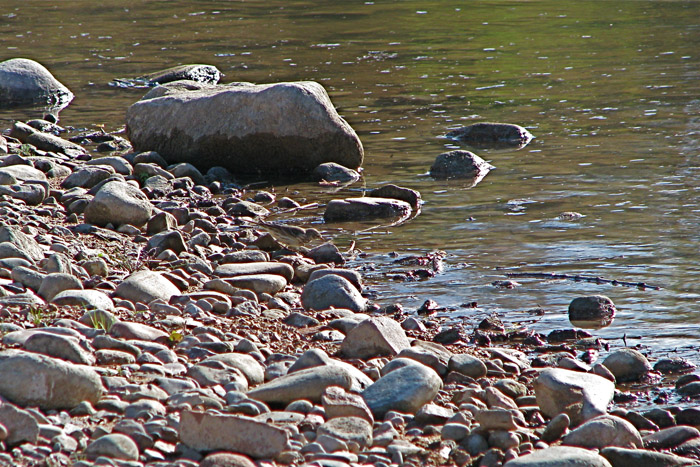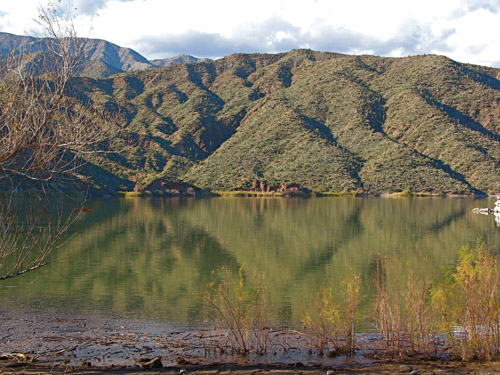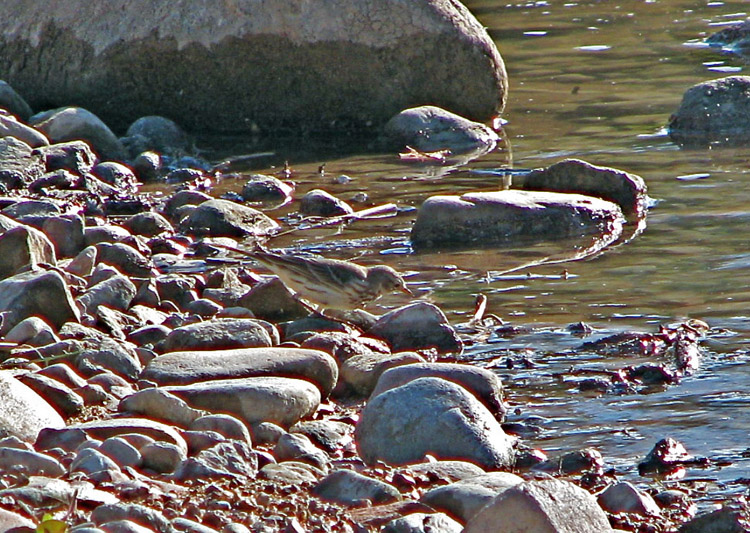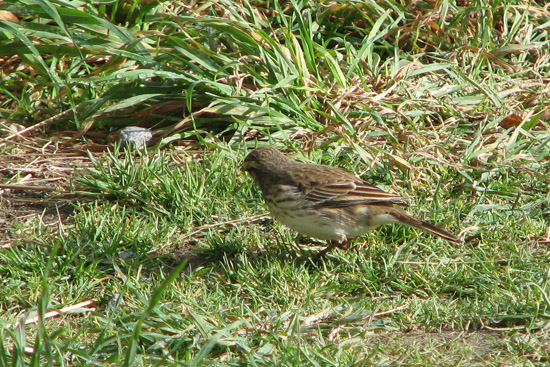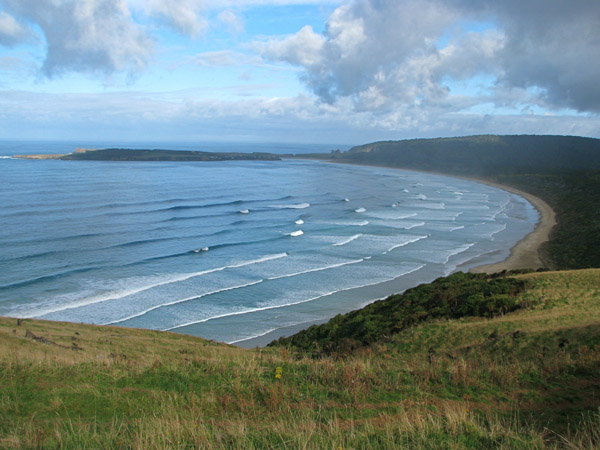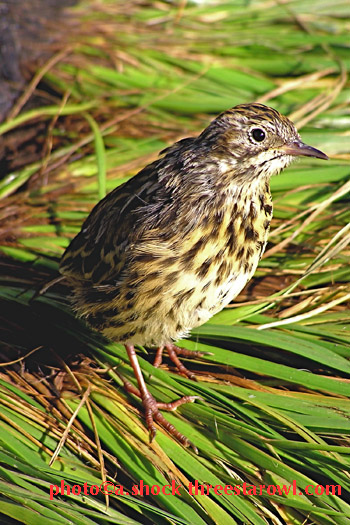(This is the fourth installment in the series: read the others here, here and here.)
Several months went by before I heard from Professor Harrower again. This hiatus surprised me, because the press had kept up with a stream of cheesey, sensationalist Ganskopf “mystery relic” articles, keeping public interest simmering. But eventually a letter came in which Harrower requested that I return to the Ganskopf Foundation special collection to draw another batch of owl “fetishes”. He didn’t say anything  about whether the completed drawings were satisfactory or not, and I didn’t ask, since the payment for each had come promptly.
about whether the completed drawings were satisfactory or not, and I didn’t ask, since the payment for each had come promptly.
So before long I once again found myself waiting in the secure reading room for the librarian, Miss Laguna, to return with the items nestled into a black velvet pillow. Hoisting my bag onto the battered tabletop, I set out my lamp (I’d upgraded to a natural light fluorescent, which, conveniently, didn’t get hot and produced a clear, color-true light), mechanical pencil, spare leads, small sketchbook, drugstore magnifying glasses, and kneaded eraser. It still bothered me not to be able to use calipers for exact measurement — I was never allowed even to touch the pieces so calipers were out of the question — which for me put my finished product in the realm of illustration rather than technical rendering. While I waited, I looked around the Collection reading room for changes, but saw none. There was still a security officer at the metal detector, and once again, there was no sign of other patrons, including the sleek “Dr. Danneru” and his contraband mug of tea, who still was the only person I’d ever seen consulting the collection.
Miss Laguna came back with the pillow, and set it on the table in front of me casually. I noticed there were no purple gloves in sight. I looked at the new set of “owls”. “But…” I exclaimed. Miss Laguna shrugged and walked away.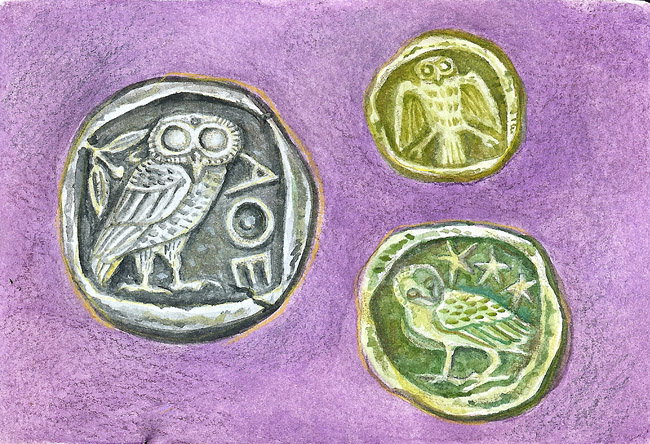
On the pillow lay three stamped metal lumps. I’m no numismatist, but they appeared to be ancient coins, pretty straightforward artifacts: one, clearly a silver Athenian tetradrach, one a very small gold coin, perhaps Hellenistic or Roman (that late stuff was never my strength in Art History), and the third brass, which, on closer inspection, emitted the air of forgery. Except for the fact they each depicted an owl, I couldn’t see any connection between these and supposed “mystery relics”, but it wasn’t my call. Shaking my head, I started to draw, working as quickly as possible without being careless. As with the other fetishes, I made notes for each one, but will not include them here.
As with the other fetishes, I made notes for each one, but will not include them here.
The sketches didn’t take long, but I had one more thing to do. When Miss Laguna returned to fetch the group of owls, I held out a photocopy of a grainy photo which Becca the computer maven had dredged up from an old newspaper obituary, in an only slightly fruitful fit of detective work after my last visit to the Foundation.
“Oh,” she said, “that’s Doktor G — Dr. Ganskopf. Just before he died. Poor man; he was sick for so long,” and handed the photo back to me.
As she did — and before I could get any questions asked — the library’s desk phone rang. “Excuse me,” said Miss Laguna. I began to pack up. I had just gotten all my equipment back into its bag, when I realized that Miss Laguna was waving at me with one hand, and holding the phone up in the other.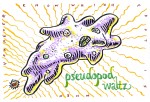
“Prof Harrower wishes to speak with you.”
To be continued.
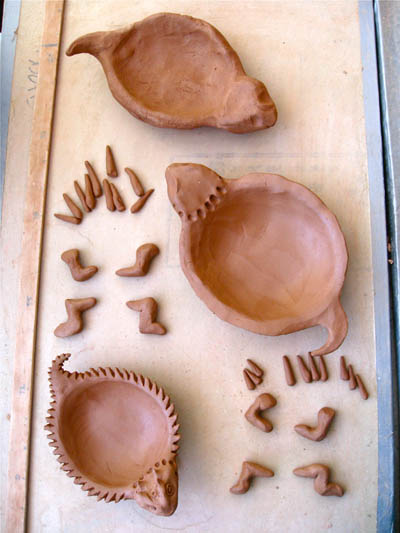 A new batch of clay horned lizards under way — early steps:
A new batch of clay horned lizards under way — early steps:


